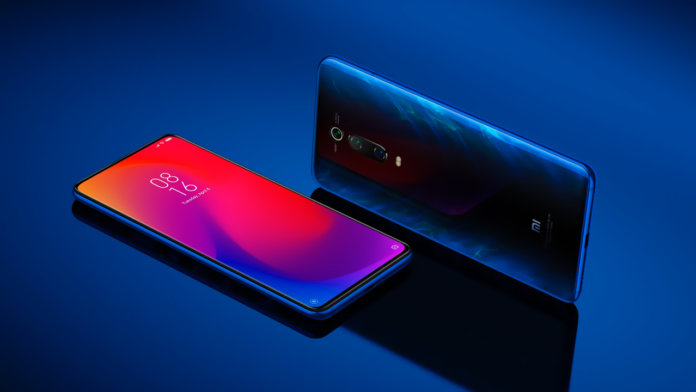If a flagship smartphone is too expensive and a cheap one doesn't offer all the features you need, there is always a reasonable compromise. And his name is the best smartphone in 2020 up to 30,000 rubles.
In 2020, there are a lot of good smartphones offered at this price, but we will help you choose the one that best suits both the cost and characteristics.
10. Moto G7 Plus
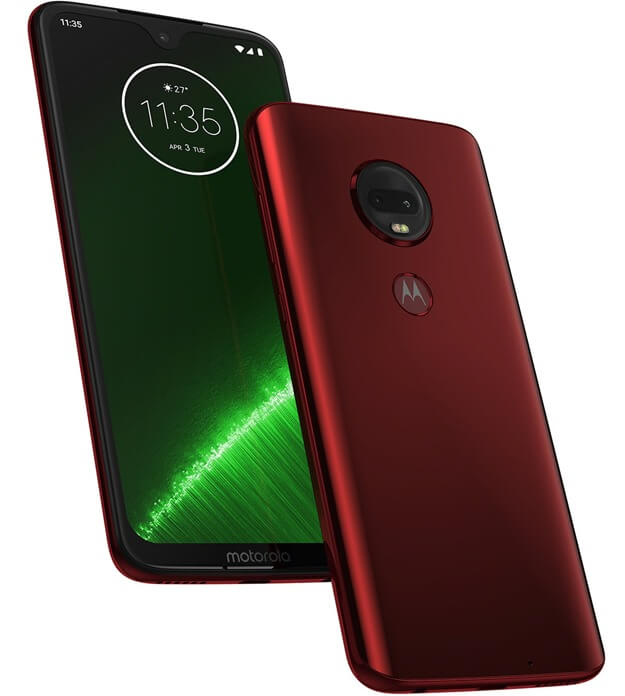
- Android OS 9.0
- 6.2 screen; resolution 2270 x 1080
- 16 MP / 5 MP, autofocus
- 64 GB, memory card slot
- 3G, 4G LTE, LTE-A, Wi-Fi, Bluetooth, NFC
- RAM 4 GB
- Battery 3000mAh
The word “plus” in the name of this model is not entirely correct - the diagonal of the Moto G7 Plus is moderate (6.2 inches), the battery is also so-so (3000 mAh). But in return, the buyer gets more interesting and convenient features like an optical image stabilization system in the camera, fast charging, stereo speakers and Bluetooth 5.0.
The phone's screen has a trendy 19: 9 aspect ratio, and although it is not OLED, it looks quite decent even in bright light. It is also equipped with a water-repellent coating so that it will calmly transfer rain drops. The colors are vibrant and natural, and the resolution is Full HD.
The phone has 4 GB of RAM, 64 GB of memory and a slot for a card with a capacity of 512 GB. Its main difference from the usual, not a "plus" version is a better processor. The Moto G7 Plus has a Snapdragon 632 chipset and an Adreno 509 GPU. However, the processor power is not enough to overtake the main competitors - products from Xiaomi and Honor in the same price range.
pros: design, screen, fast charging, camera.
Minuses: there are also more productive phones.
9. Oppo Reno Z
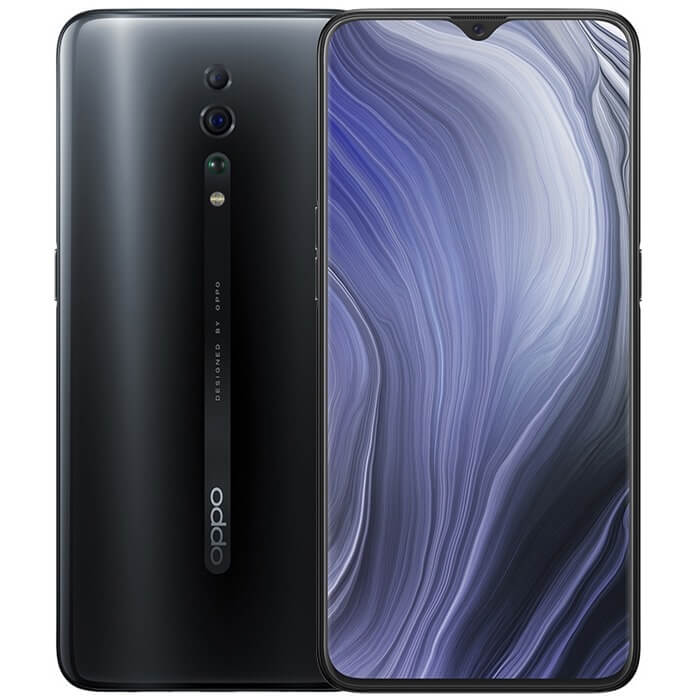
- Android OS 9.0
- screen 6.4 ″, resolution 2340 × 1080
- dual camera 48 MP / 5 MP, autofocus
- memory 128 GB, no memory card slot
- 3G, 4G LTE, Wi-Fi, Bluetooth, NFC
- RAM 4 GB
- battery 4035 mAh
Oppo's new Reno Z is trying to bring flagship looks, tactile feel and feature set to the mid-priced segment of the mobile market. And he succeeded in this idea, with a few exceptions, which we will discuss below.
AMOLED screen with an aspect ratio of 19.5: 9 is perfectly readable in bright sunlight. The black on it is really black, and the rest of the colors are saturated enough so that you don't have any complaints about the picture.
Under the hood of this smartphone is a MediaTek MT6779 processor with 4GB of RAM and a PowerVR GM9446 video accelerator. This platform is slightly slower (5.49% to be precise) than its closest competitor, Qualcomm Snapdragon 855, but don't worry, you won't even notice. Both heavy games and apps run on the Oppo Reno Z quickly and without lags.
But the main camera immediately reveals that Reno Z is not a flagship, but only a "middling" one. It is by no means bad, and the resulting images can be safely posted on social networks, but this device is far from the quality of shooting Pixel 3a or other recognized camera phones.
pros: 3.5mm audio jack, looks like a premium smartphone, great display, long battery life.
Minuses: not the most convenient firmware with a confusing menu, no wireless charging.
8. Vivo V17
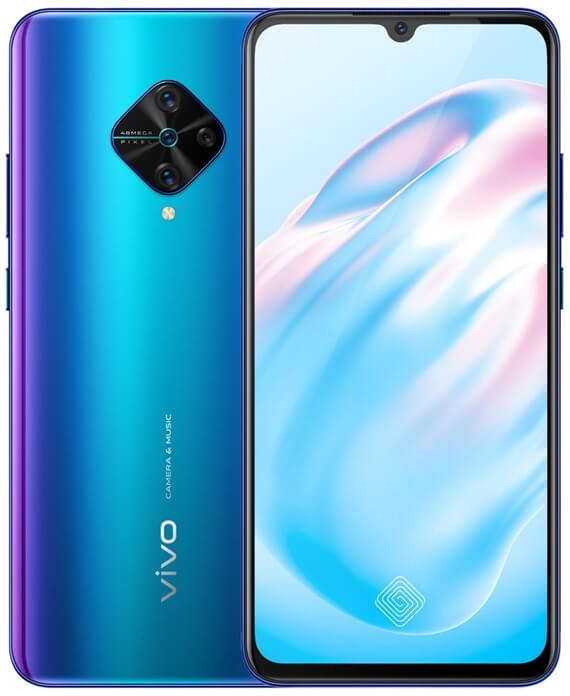
- Android OS 9.0
- screen 6.38 ″, resolution 2340 × 1080
- four cameras 48 MP / 8 MP / 2 MP / 2 MP, autofocus
- memory 128 GB, memory card slot
- 3G, 4G LTE, Wi-Fi, Bluetooth, NFC
- RAM 8 GB
- battery 4500 mAh
How can this smartphone surprise picky Russian users? The ability to make contactless payments? But many cheaper models have this feature.A bright and large frameless AMOLED screen? But he cannot compete with the smartphone with the largest display... A large battery? This has already become the standard for the best smartphones under 30,000 rubles.
But if we add to all these advantages also a thoughtful, elegant design, a good package with a protective film, headphones and a case, support for the WCD9335 audio codec from the Qualcomm Aqstic family and a good, although not a top-end Qualcomm Snapdragon 665 processor, it becomes clear that Vivo V17 is worth the money.
Its interesting feature is the diamond-shaped camera module. As for the resolution of the main camera, the 48 MP is a marketing gimmick. In fact, the smartphone takes a photo with a resolution of 12 MP, which is then interpolated to 48 MP. However, even so, the pictures are obtained with a small amount of noise and good detail. In addition, the Vivo V17 has an image histogram function that allows you to evaluate the correct exposure of the frame directly during shooting.
pros: 3.5mm audio jack, AOD screen mode, long-life battery with 18W fast charging.
Minuses: A slight rattling sound is heard at high volume, uncomfortable proprietary shell.
7. Honor 20 Pro
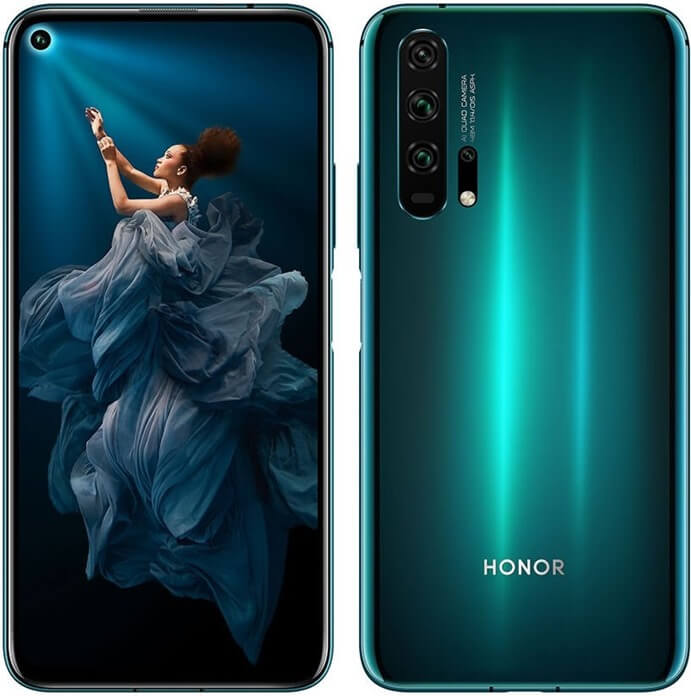
- Android OS 9.0
- screen 6.26 ″, resolution 2340 × 1080
- four cameras 48 MP / 16 MP / 8 MP / 2 MP, autofocus
- memory 256 GB, no memory card slot
- 3G, 4G LTE, Wi-Fi, Bluetooth, NFC
- RAM 8 GB
- battery 4000 mAh
Specifications such as the powerful HiSilicon Kirin 980 processor, plenty of RAM, and a large battery with fast charging make the Honor 20 Pro a good smartphone.
But one of the best makes it the rear camera, which was inspired by the work done on the Mate 20 Pro (included in top 5 best camera phones of 2019), and improved to delight mobile photography enthusiasts.
In tricky lighting situations, the Honor 20 Pro's HDR control works very well and takes pictures with realistic exposure levels at different locations in the scene.
Even though the Honor 20 Pro is lower in the hierarchy of Huawei's product line than the more expensive P30 Pro and P30, it captures ultra-wide photos with more realistic and accurate colors. The P30 Pro and P30 tend to add more blues or grays to their pictures.
Note that despite the 48MP specifications, Quad-Bayer sensors are generally rated for 1/4 resolution (12MP here). This is why photographs in "auto" mode are taken at 12 MP rather than 48 MP.
Also, the Honor 20 Pro has a 2 MP macro camera that can take clear pictures at a distance of only ~ 4 cm from the subject.
pros: Multiple camera modes provide decent image quality, great design, selfie camera opening is almost invisible and does not distract from your screen reader.
Minuses: no 3.5mm headphone jack.
6. Xiaomi Mi Note 10 Lite
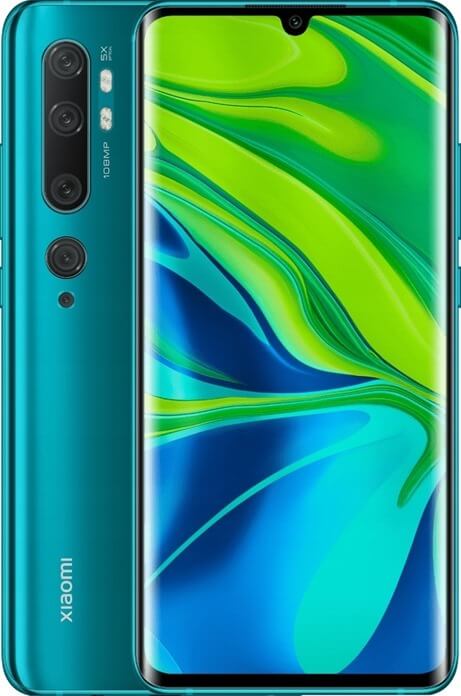
- Android 10 OS
- screen 6.47 ″, resolution 2340 × 1080
- four cameras 64 MP / 8 MP / 5 MP / 2 MP, autofocus
- memory 128 GB, no memory card slot
- 3G, 4G LTE, Wi-Fi, Bluetooth, NFC
- RAM 8 GB
- battery 5260 mAh
This smartphone may not be suitable for photography enthusiasts, unlike its older brother without the "Lite" prefix, but it will appeal to potential buyers who value long battery life. Even with the most intensive use, Mi Note 10 Lite will last at least 2 days, and in standby mode it will live for a week.
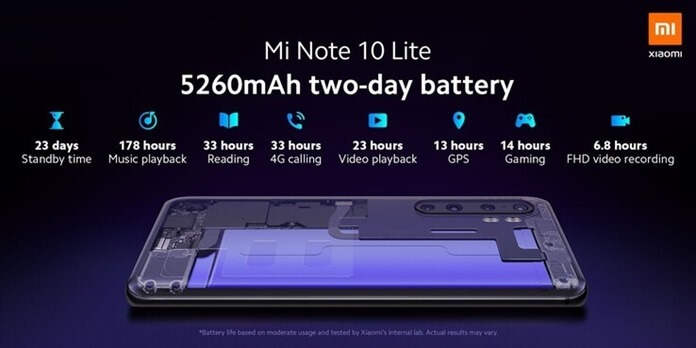
As for other characteristics, they are above average, but not much, which corresponds to the price of the device. The Qualcomm Snapdragon 730G chipset paired with the Adreno 618 GPU and 8GB of RAM will handle any game you load onto your smartphone.
The main difference between the "light" and "regular" versions of Mi Note 10 is the main camera. If the regular version has a 108 MP camera, the Lite is content with a 64 MP main sensor. Also, instead of two telephoto lenses with optical zoom, the Lite version is equipped with one depth sensor, and the wide-angle photo module has a resolution of 8 MP instead of 20 MP.
pros: 3.5 mm audio jack, 30 W fast charging, fast sub-screen fingerprint scanner.
Minuses: no wireless charging.
5.Samsung Galaxy A71

- Android OS
- screen 6.7
- resolution 2400 x 1080
- 64 MP / 12 MP / 5 MP / 5 MP, autofocus
- memory 128 GB, memory card slot
- 3G, 4G LTE, Wi-Fi, Bluetooth, NFC
- RAM 6 GB
- battery 4500 mAh
The first five in the rating of smartphones up to 30,000 rubles in 2020 is opened by a model from Samsung. Galaxy A71 differs from the flagships of the series only by the plastic back panel, the absence of wireless charging and water resistance. However, these are things that the average user can easily do without.
And the Galaxy A71 also has a nice set of features that are usually associated with expensive mobile phones. For example, face recognition, a fingerprint scanner and a memory card slot. And the eight-core Snapdragon 730 processor can easily handle all demanding games at medium and high settings.
The battery is also nice to look at. Its capacity of 4500 mAh provides at least a day of continuous work in the "social network-calls-video-music-games" mode. And the charging works quite quickly - its power is 25 W.
pros: design, large AMOLED screen, camera.
Minuses: Too many preinstalled apps and games.
4. Huawei Nova 5T

- Android OS 9.0
- 6.26 screen, 2340 x 1080 resolution
- 48 MP / 16 MP / 2 MP / 2 MP, autofocus
- memory 128 GB, no memory card slot
- 3G, 4G LTE, Wi-Fi, Bluetooth, NFC
- RAM 6 GB
- Battery 3750mAh
Although the Huawei Nova 5T will not receive the title of "the smartphone with the best camera in the world" at least because of its price category, it cannot be said that it did not try. This is a very decent device with a 6.26-inch screen and a 32MP selfie camera.
The design and processor are exactly the same as the flagship Huawei P30 Pro. This is a Kirin 980 with a Mali-G76 MP10 GPU. The phone has enough power to play the most demanding games.
However, the main thing that sets the smartphone apart from the competition is its excellent four-lens camera. The Nova 5T offers a 48MP main camera, a 16MP ultra-wide one and two 2MP modules - a depth sensor and a macro lens. AI capabilities and a variety of camera settings will allow you to create a highly detailed picture in any conditions.
pros: design, night shooting, performance.
Minuses: no telephoto lens and no memory card slot, not too powerful battery.
3. Realme 6 Pro
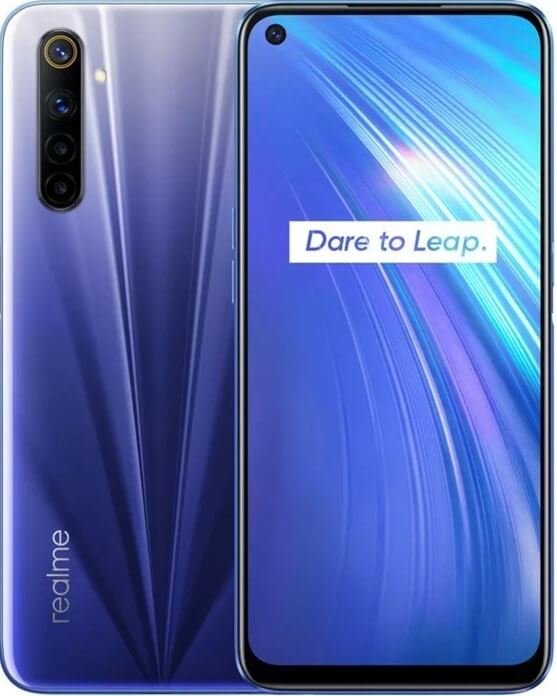
- Android 10 OS
- screen 6.6 ″, resolution 2400 × 1080
- four cameras 64 MP / 12 MP / 8 MP / 2 MP, autofocus
- memory 128 GB, memory card slot
- 3G, 4G LTE, Wi-Fi, Bluetooth, NFC
- RAM 8 GB
A distinctive feature of this smartphone is the refresh rate of 90 Hz, and it works regardless of the resolution. Of course, the display will not be as smooth as flagships like the Samsung Galaxy S20 and others. new smartphones in 2020but after 60Hz screens, you won't want to go from Realme 6 Pro to anything else.
Compared to its predecessor, the Six has placed more emphasis on cameras. The updated model boasts a quad camera on the back and a dual selfie camera on the front. Whether it's shooting a portrait, shooting at night or carefully composing panoramic photography, the Realme 6 Pro can do it all quickly and efficiently, without the need for additional image processing. So, if you want a smartphone with the best camera in 2020 under $ 300, choose Realme 6 Pro - you can't go wrong.
The company has chosen Snapdragon 720G as the chipset for this model. This mid-range processor is characterized by several features such as Bluetooth 5.1 and Adreno 218 GPU support. It will run any modern mobile gaming project at maximum settings.
pros: there is a 3.5mm audio jack, well-optimized shell, thanks to fast 30W charging, the smartphone can be charged up to 100% in just an hour, beautiful gradient design.
Minuses: The back is just a fingerprint magnet, users complain that 90Hz mode turns on and off by itself. Perhaps this will be fixed in new firmware.
2.Xiaomi Redmi Note 9S
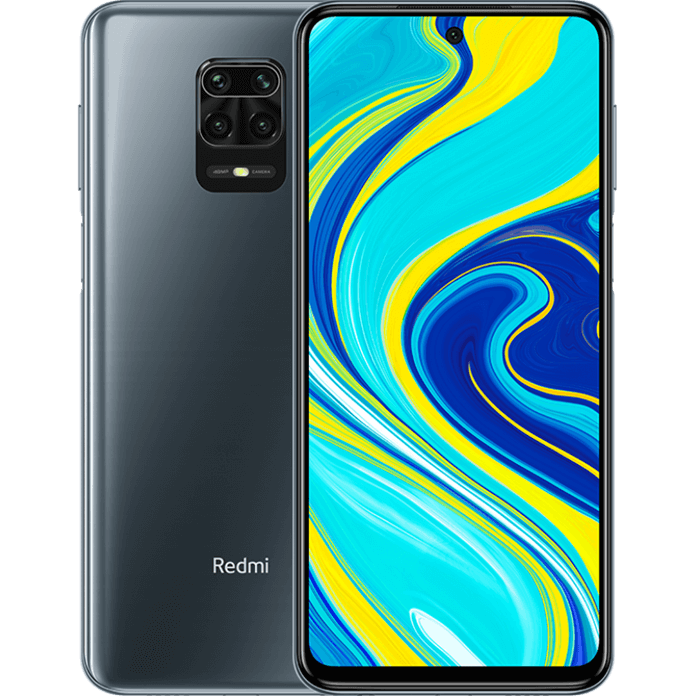
- Android 10 OS
- screen 6.67 ″, resolution 2400 × 1080
- four cameras 48 MP / 8 MP / 5 MP / 2 MP, autofocus
- memory 128 GB, memory card slot
- 3G, 4G LTE, Wi-Fi, Bluetooth
- RAM 6 GB
- battery 5020 mAh
Redmi Note is the best-selling series in the history of Xiaomi. Both the Redmi Note 7 and 8T have received high marks from experts for their excellent balance between functionality, performance and price. The latest model in the series also turned out to be successful, and so much so that many have already awarded her the title of "killer of mid-range smartphones."
The Redmi Note 9S is a prime example of how you can make relatively inexpensive smartphones without sacrificing anything. Well, almost nothing. The 6.67-inch Full HD display (screen-to-body ratio - an impressive 91%) looks huge at first glance. However, you can safely hold it in one hand - your finger will easily reach everything you need.
There is also a drop of ointment - the refresh rate of the screen is 60 Hz, but some medium-sized smartphones have already mastered 90 Hz, and the flagships have long since moved to 120 Hz.
One of the most notable features of the new product is the giant 5020 mAh battery. Of course, it influenced the weight of the smartphone (209 g), but thanks to the rounded edges, it fits nicely in the hand.
We should also mention the tray in the upper left corner, which can hold not only a memory card (up to 512 GB), but also two nano SIM-cards.
pros: design, performance, battery capacity.
Minuses: no support for contactless payments, the camera shoots mediocre at night.
1. Xiaomi Mi 9T
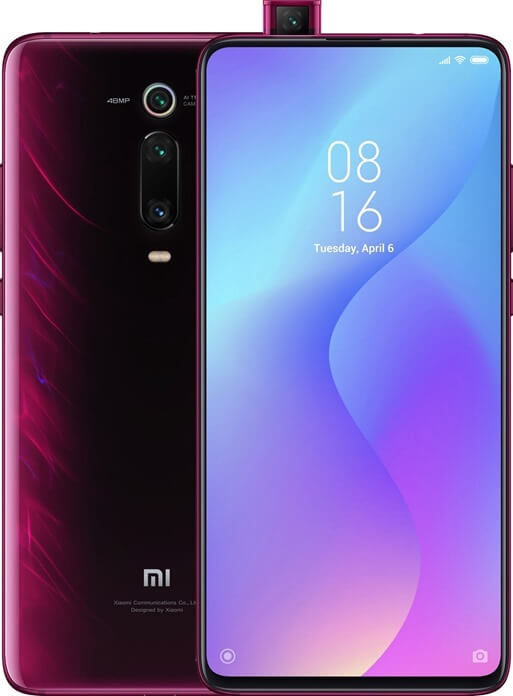
- Android OS 9.0
- screen 6.39; resolution 2340 x 1080
- three cameras 48 MP / 8 MP / 13 MP, autofocus
- memory 64 GB, no memory card slot
- 3G, 4G LTE, Wi-Fi, Bluetooth, NFC
- RAM 6 GB
- battery 4000 mAh
In our time, the title of the most high-tech and smartphone-loving country is deservedly awarded to China. It is there that relatively inexpensive, but made with the latest achievements of science and technology, devices are produced.
And in the rating "which smartphone under 30,000 rubles is the best in 2020?" the first place is awarded to the product of the company "Xiaomi" - Mi 9T. It was perfectly balanced both in terms of performance and useful features. And last but not least, design played a role - stylish, laconic, graceful.
Of course, compared to other models in the line, the Mi 9T has a slightly lower chimney and a little thinner smoke. The device does not boast a flagship processor and wireless charging. But it has something that most competitors do not have - a retractable front selfie camera with a resolution of 20 MP.
This solution allowed to save the screen from "cutouts", "drops" and other distractions, and in addition to excellent selfies, the retractable camera also has a face unlock function.
And although the processor of the Mi 9T is a mid-performance Snapdragon 730, and the latest fashionable things like a graphite cooling system are also missing, in general the device's capabilities are more than enough for watching videos, reading browsers and playing games.
pros: design, quality of shooting from the main and front cameras, performance.
Minuses: "Tinny" loudspeaker sound, no memory card slot.

